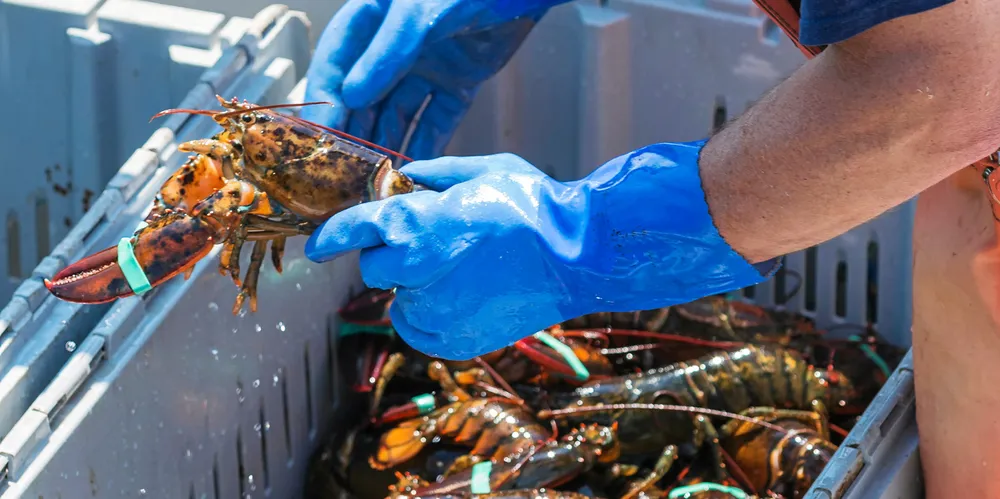US sets Gulf of Maine areas for massive floating wind but Lobstermen ready for a fight
Region surpasses local goals and could spur first US floating development, but fisheries already gearing up to protest

US offshore energy regulator Bureau of Ocean Energy Management (BOEM) announced its finalised wind energy areas (WEAs) for the Gulf of Maine in the North Atlantic holding some 32GW of potential floating wind capacity.
“BOEM is committed to maintaining strong collaboration with the states of Maine, Massachusetts, and New Hampshire as we advance our efforts in the Gulf of Maine,” said BOEM director Elizabeth Klein.
“We remain dedicated to engaging with tribal governments, federal and state agencies, ocean stakeholders, coastal communities, and all interested parties as we progress through our environmental review.”
The WEA represents an 80% reduction in the original area identified by the bureau and a 43% cut on the draft WEA to avoid conflicting with designated fishing grounds, critical marine habitat, and tribal use areas.
State goals
The Gulf of Maine is vital for ensuring that state goals in the US Northeast can be met, as the current slate of WEAs off southern New England and the Mid-Atlantic states are rapidly being deployed.
Massachusetts mandates 5.6GW contracted by 2027 but is in the frame for up to 10GW total to meet its emissions and climate targets.
The deep waters of the Maine Gulf ranging from 200-400 metres will require floating platforms, which could delay deployment.
While California floating has already gotten underway with BOEM's successful auction in 2022, water depths averaging 1,000 metres and lack of regional ports could delay deployment until early next decade.
The state has identified Sears Island for potential development as a floating wind port and forecasts millions in economic development.
Floating wind shot
The US is making a big push into floating wind, where it sees opportunity to become a global leader.
This is the third area targeted for floating wind development following the deep waters off coastal California and Oregon and the first on the East Coast.
The area’s multiple stakeholders could prove an obstacle to the sector, and already Maine governor Janet Mills, a sector supporter, put her weight behind a law banning development in state waters at the urging of the powerful lobster fishery.
Fisheries organisations are already ramping up to oppose the sector as is being seen in other areas, including southern New England and offshore Oregon.
The Maine Lobsterman’s Association has launched protests against the sector, while Maine-based New England Fishermen’s Stewardship Association released a study in August highlighting the perceived threat posed by floating wind development.
BOEM will publish the final WEA in the Federal Register, the nation’s journal of record, on 18 March, initiating a 30-day comment period.
(Copyright)